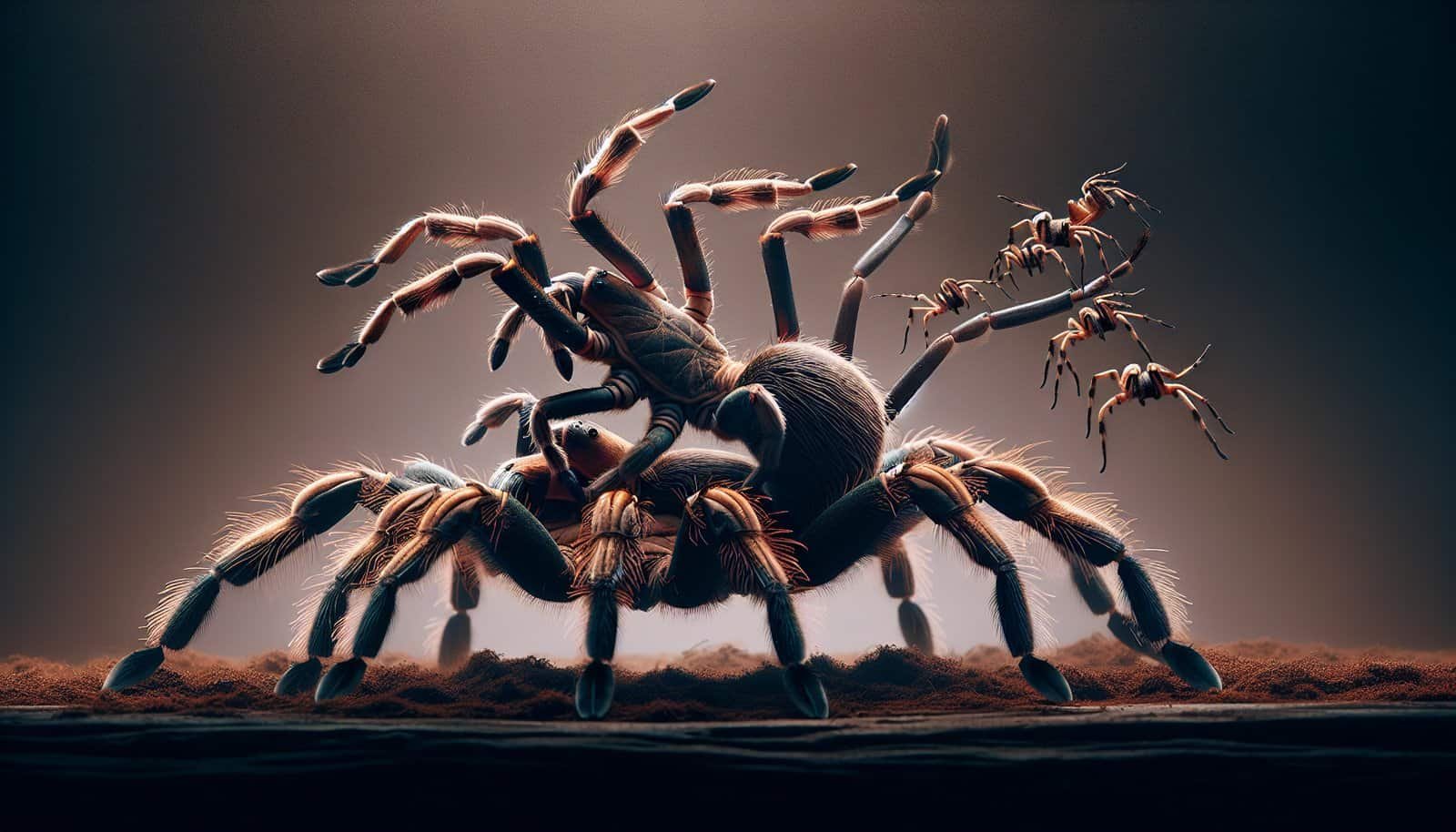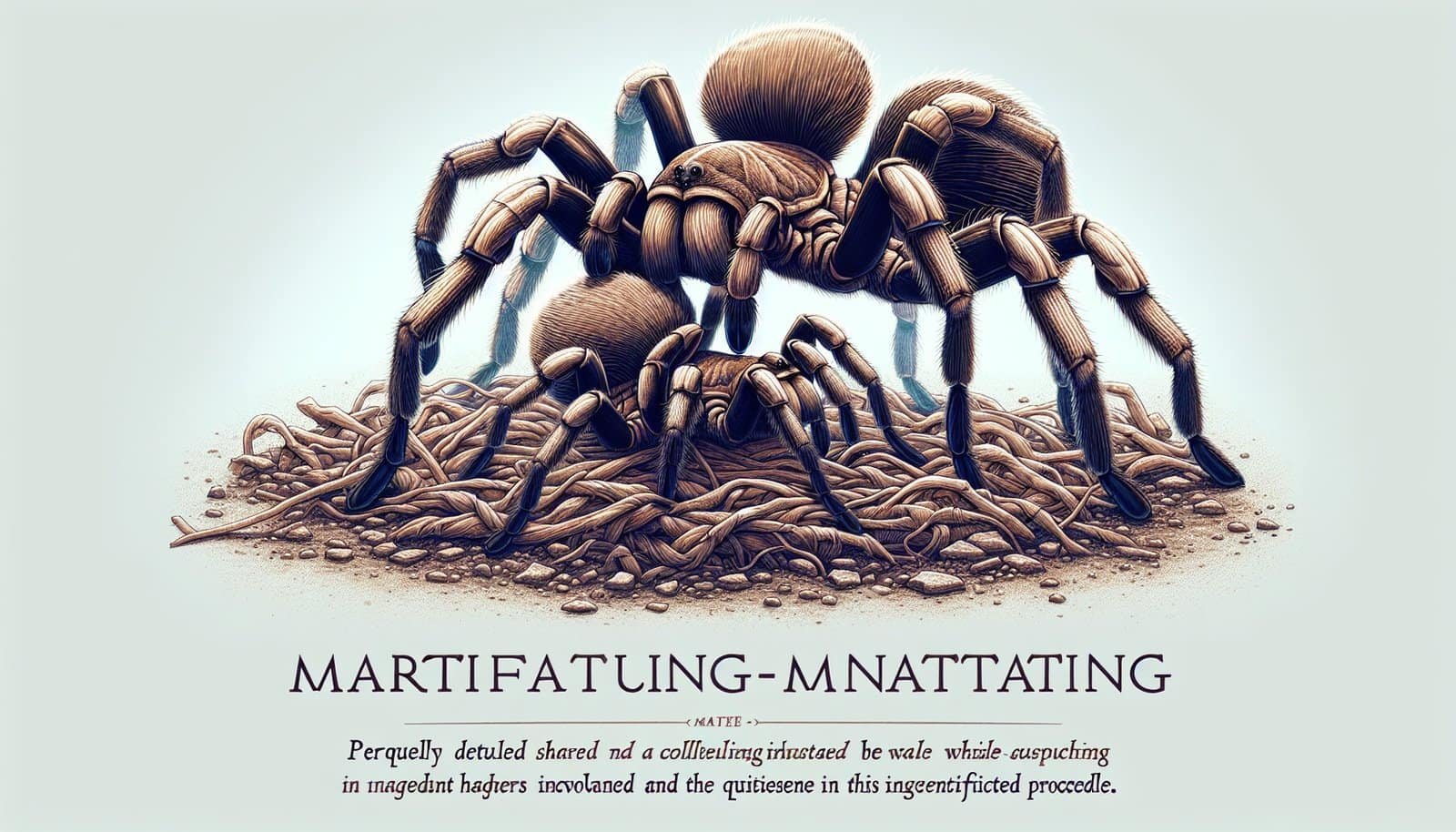In the thrilling world of tarantulas, the delicate dance of courtship and mating can leave us with an intriguing question: are there any risks associated with leaving a male tarantula with the female after their passionate encounter? We’ll explore the potential dangers lurking in the post-mating period and shed light on the fascinating dynamics within these eight-legged relationships. So, grab your magnifying glass and prepare to uncover the secrets of the tarantula kingdom!
Physical Risks
Physical Harm to Male Tarantula
When mating with a female tarantula, male tarantulas are at risk of physical harm. This is particularly true if the female is larger or more aggressive. Female tarantulas may bite or injure the male during the mating process, potentially causing serious injury or even death. It is important to monitor the interaction between the male and female tarantula closely to prevent any physical harm to the male.
Physical Harm to Female Tarantula
While the focus may often be on protecting the male tarantula, it is essential to recognize the physical risks faced by the female tarantula as well. Aggressive male behavior during mating can result in the female sustaining injuries, especially if the male attempts excessive mating or becomes overly aggressive. The female’s well-being should also be a priority during the mating process.
Risk of Cannibalism
One of the most well-known risks associated with leaving a male tarantula with the female after mating is the potential for cannibalism. Female tarantulas have been known to cannibalize their mating partners, especially if they feel threatened or hungry. This is a natural behavior for female tarantulas, and leaving the male in the same enclosure puts him at risk of becoming the female’s next meal. This risk should be carefully considered when deciding whether to keep the male and female tarantula together after mating.
Psychological Risks
Stress and Aggression in Female Tarantula
Mating can be a stressful experience for female tarantulas, and this stress can lead to increased aggression towards the male tarantula. The presence of the male in the enclosure may cause the female to feel threatened or anxious, resulting in defensive or aggressive behavior. It is important to closely monitor the female tarantula’s stress levels and provide a suitable environment to mitigate these risks.
Disruption of Normal Behavior
Allowing the male tarantula to remain with the female after mating can disrupt the female’s normal behavior. This disruption may include changes in feeding patterns, reduced interest in hunting, and altered web building and maintenance activities. The presence of the male can also lead to territorial behavior, as the female may perceive his presence as an intrusion into her space. These disruptions can be detrimental to the female’s overall well-being and should be taken into consideration.
Potential Impact on Breeding Success
Leaving the male tarantula with the female after mating can potentially impact breeding success. The distraction of the male’s presence during egg-laying may cause the female to be less focused, leading to potential mistakes or delays in the process. Additionally, the male’s continued attempts to mate with the female can interfere with the female’s ability to lay eggs successfully. This interference may result in reduced fertility and lower egg survival rates, ultimately affecting the overall success of the breeding process.
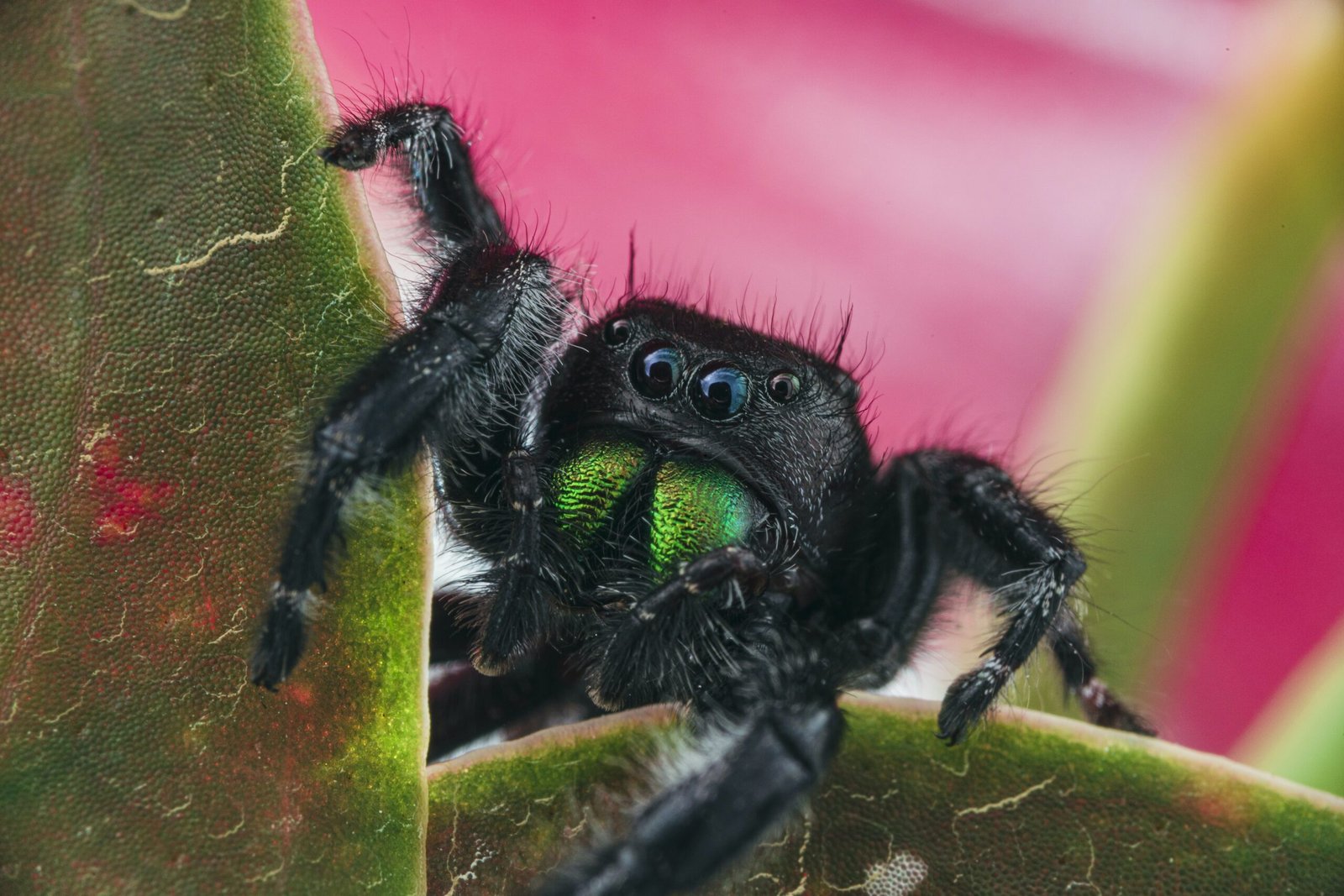
Post-Mating Care
Separation of Male and Female
Considering the physical and psychological risks associated with leaving the male and female tarantulas together after mating, it is generally recommended to separate them. Providing separate enclosures for the male and female ensures their safety and enables them to recover from the mating process individually. This separation also minimizes the risk of cannibalism and reduces stress levels for both tarantulas.
Providing Adequate Housing
After mating, it is crucial to provide each tarantula with suitable housing that meets their individual needs. This includes providing appropriate substrate, hiding places, and adequate temperature and humidity levels. The housing should also be spacious enough to allow the tarantulas to move freely and feel comfortable. By providing optimal housing conditions, the post-mating care can contribute to the well-being and overall health of both tarantulas.
Monitoring for Signs of Distress
Regular monitoring of the male and female tarantulas is essential to ensure their well-being and detect any signs of distress. This includes observing for any physical injuries, changes in behavior or appetite, and any other indicators of potential health issues. If any signs of distress or concerns are identified, it is important to seek appropriate veterinary care to address the tarantulas’ needs promptly.
Physical Harm to Male Tarantula
Female Inflicted Injuries
Male tarantulas are particularly vulnerable to physical harm during mating, as the female may inflict injuries in self-defense or as a result of aggressive behavior. These injuries can range from minor wounds to severe damage, including limb loss or even death. Adequate monitoring and intervention are crucial to protect the male tarantula from physical harm during and after mating.
Competition from Other Males
In addition to the risks posed by the female tarantula, male tarantulas may also face competition from other males. Multiple males may attempt to mate with the same female, leading to territorial disputes and potential physical confrontations. This competition can result in injuries to the male tarantula, as they vie for the opportunity to mate. Therefore, it is important to separate and provide individual housing for male tarantulas after mating to prevent such risks.
Exhaustion and Weakened State
The mating process can be physically demanding for male tarantulas. Mating can be a lengthy process, requiring significant energy and physical exertion. As a result, the male tarantula may become exhausted and weakened, making them more susceptible to injury or illness. Providing adequate time for recovery and separating the male from the female can help mitigate these physical risks.
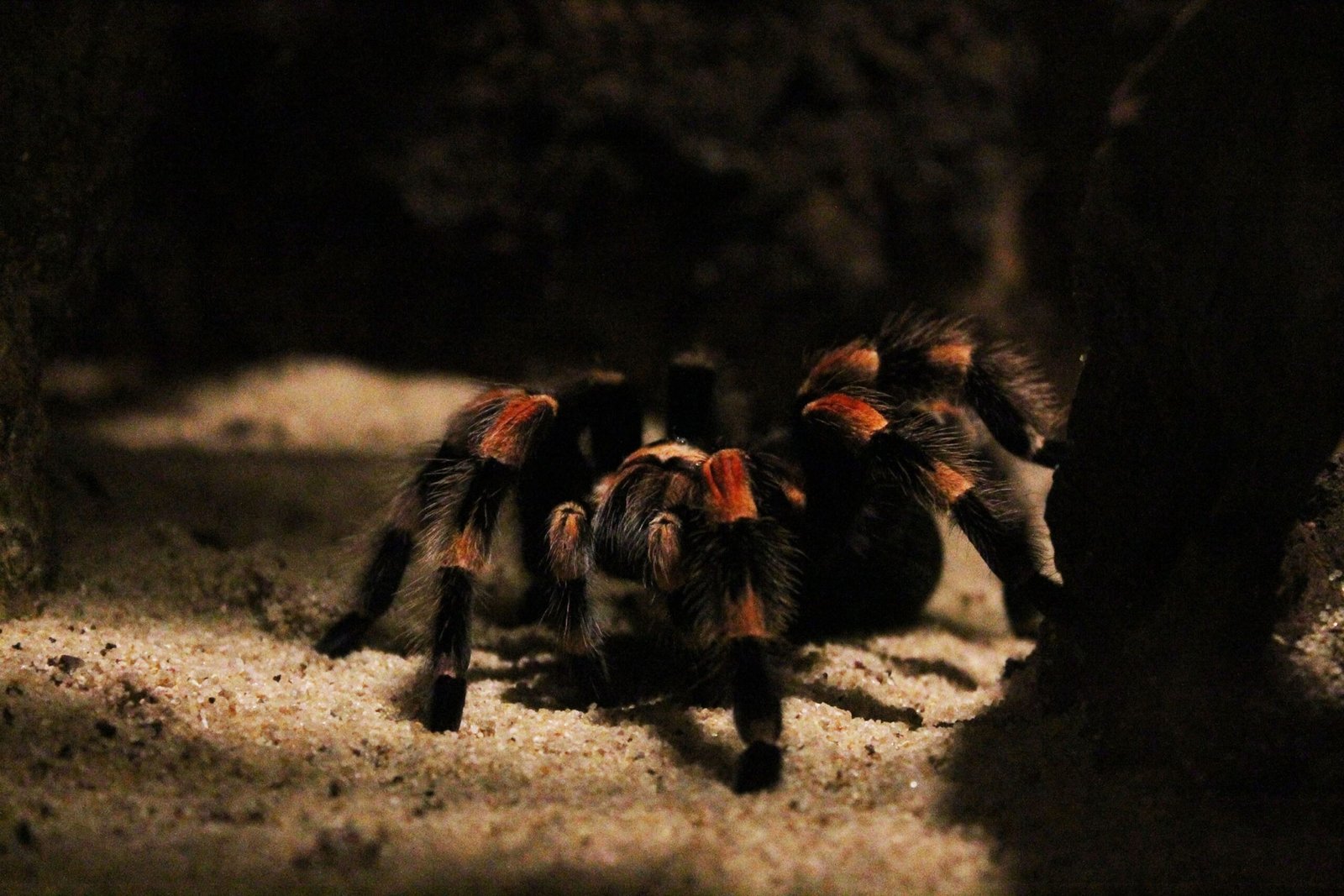
Physical Harm to Female Tarantula
Aggressive Male Behavior
During and after mating, male tarantulas may exhibit aggressive behavior towards the female. This can include biting, lunging, or attempting to overpower the female. If the male tarantula’s behavior becomes excessively aggressive, it can pose a threat to the physical well-being of the female. Separating the male and female tarantulas after mating helps to reduce the risk of female injury caused by aggressive male behavior.
Potential Injury During Mating
Mating itself can pose a risk of physical harm to the female tarantula. Male tarantulas transfer sperm to the female using specialized appendages called pedipalps, which can inadvertently cause injury during the process. It is crucial to ensure that the mating process is closely monitored to prevent any potential harm to the female’s delicate anatomy.
Excessive Mating Attempts
The male tarantula’s desire to mate can sometimes lead to excessive mating attempts. If the male continually attempts to mate with the female after successful copulation, it can result in physical harm. These constant mating attempts can exhaust and stress the female tarantula, potentially leading to injuries or compromised health. Proper post-mating care, including separation of the male and female, can help prevent such risks.
Risk of Cannibalism
Natural Behavior of Female Tarantulas
Cannibalism is a natural behavior observed in many species of female tarantulas. It serves as a survival mechanism, providing the female with a source of nutrition and reducing competition for resources. When left with the male tarantula after mating, the female may perceive him as potential prey, increasing the risk of cannibalism. This risk should be carefully considered when deciding whether to cohabitate male and female tarantulas after mating.
Hungry or Stressed Female Tarantula
Female tarantulas are more likely to exhibit cannibalistic behavior when they are hungry or stressed. If the female tarantula’s nutritional needs are not adequately met or if she experiences increased stress levels, the risk of cannibalism towards the male tarantula may be heightened. Providing proper feeding and a stress-free environment can help mitigate this risk.
Male Tarantula as a Food Source
Leaving the male tarantula in the same enclosure as the female after mating increases the likelihood of the male being viewed as a potential food source. Female tarantulas require a substantial amount of food to sustain themselves and potentially provide nutrition for their offspring. If the female is hungry or perceives the male as an available food source, the risk of cannibalism becomes more significant. Separating the male and female tarantula after mating is crucial to prevent this outcome.
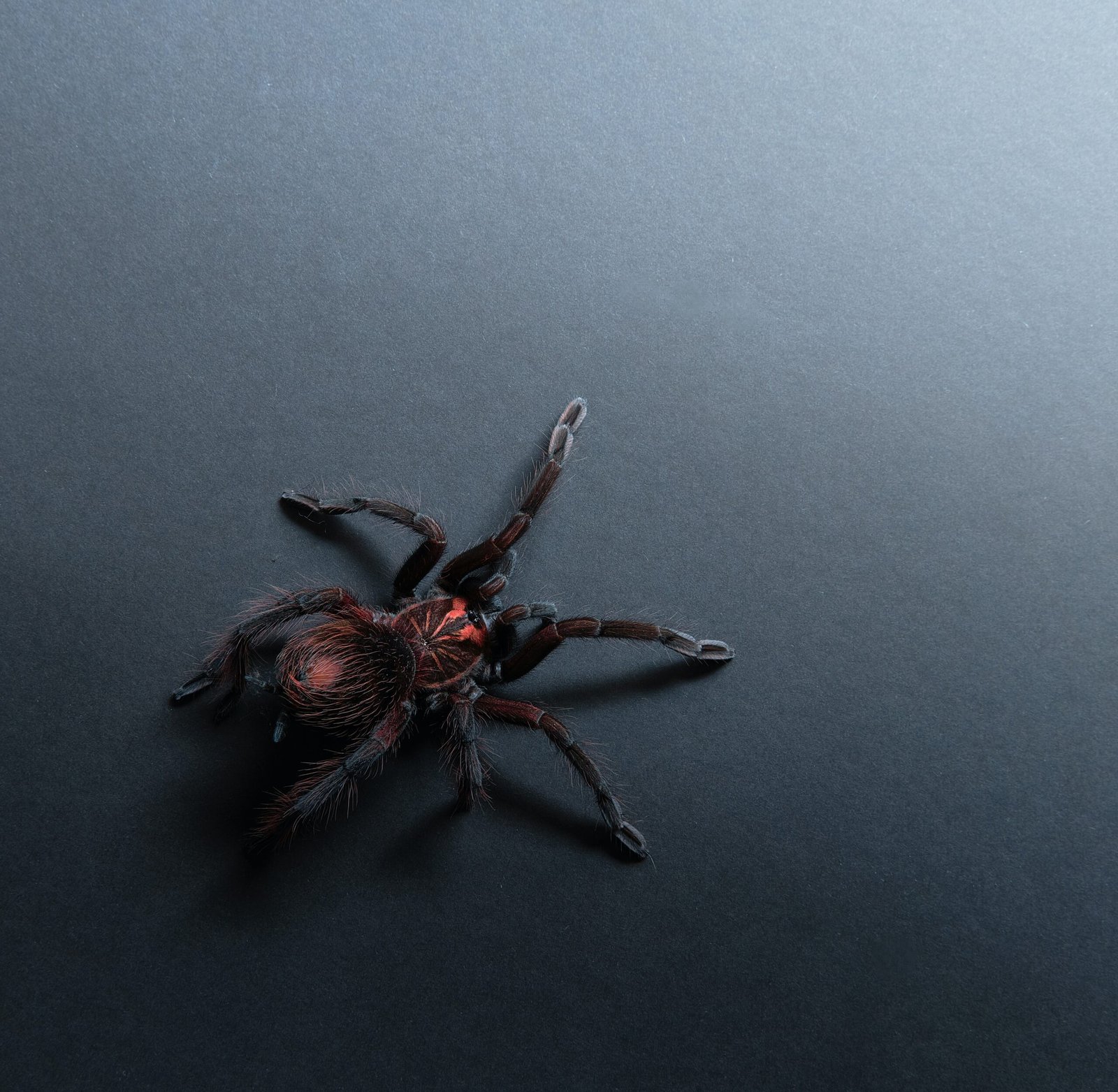
Stress and Aggression in Female Tarantula
Increased Stress Levels
Mating can be a stressful experience for female tarantulas. The presence of the male tarantula after mating can contribute to increased stress levels in the female. This heightened stress can negatively impact her overall health and well-being. It is important to create a calm and stress-free environment to minimize aggression and promote the female tarantula’s emotional and physical well-being.
Potential Aggression Towards Male
Stress and anxiety in female tarantulas can lead to aggression towards the male tarantula. The presence of the male may be perceived as a threat, triggering defensive behavior in the female. This aggression can manifest as biting, lunging, or other aggressive display. Separating the male and female tarantulas is essential to prevent potential harm to either tarantula and to reduce the risk of aggression.
Sustained Anxiety and Poor Health
Sustained anxiety caused by the continued presence of the male tarantula can have adverse effects on the female tarantula’s health. Prolonged stress can undermine the female’s immune system, making her more susceptible to diseases and infections. It can also disrupt her feeding patterns, leading to malnutrition and poor overall health. By separating the tarantulas, the female’s anxiety can be alleviated, reducing the risk of sustained poor health.
Disruption of Normal Behavior
Feeding Patterns and Hunting
The presence of the male tarantula after mating can disrupt the female tarantula’s normal feeding patterns. The female may become more cautious or even refuse to eat altogether, due to the perceived threat or stress caused by the male’s presence. Disruption in feeding patterns can impact the female’s ability to maintain optimal nutrition, potentially leading to health issues. Separating the tarantulas allows the female to resume her normal feeding habits without disturbances.
Web Building and Maintenance
Female tarantulas are known for their intricate web-building and maintenance behavior. However, the presence of the male tarantula can disrupt these activities. The female may abandon or neglect her web-building duties, redirecting her attention and energy towards potential mating attempts or defensive behavior. This disruption to their natural behavior can impact the female’s overall well-being and should be minimized by separating the male and female tarantulas.
Territorial Behavior
Female tarantulas are typically territorial, establishing and defending their territory. The presence of the male tarantula can be perceived as a territorial intrusion, leading to defensive behavior or aggression from the female. This territorial aggression can result in physical harm to either tarantula. By providing separate enclosures, the potential for territorial disputes and associated risks can be minimized.
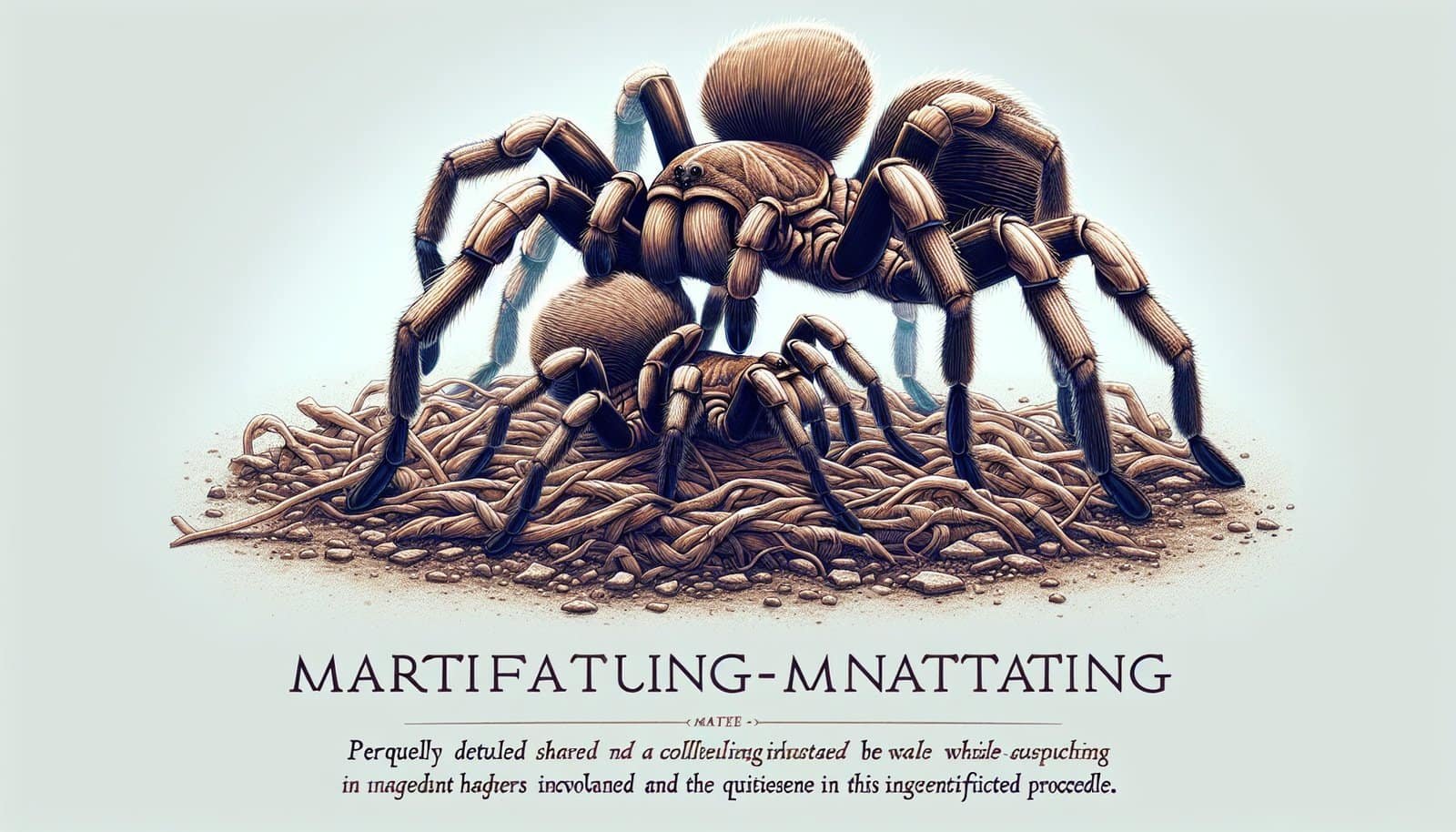
Potential Impact on Breeding Success
Distraction for Female during Egg Laying
After mating, female tarantulas focus on the task of laying eggs and ensuring their safety. The presence of the male tarantula can serve as a distraction from this important process. If the male remains in the same enclosure, the female may be constantly on guard or become anxious, which can lead to delayed or disrupted egg-laying behaviors. Separating the tarantulas provides the female with a conducive environment to carry out the crucial task of egg-laying without additional distractions.
Mating Interference from Male
Continued presence of the male tarantula after mating can interfere with the female’s ability to complete the reproductive cycle successfully. The male may continue to attempt mating with the female, disrupting her focus on preparing the eggs. These mating attempts can be physically exhausting and stressful for the female, affecting her ability to complete the reproductive process. By separating the male and female tarantulas, the female can concentrate on the necessary steps for successful reproduction.
Reduced Fertility and Egg Survival
The disruption caused by the male tarantula’s presence and potential mating attempts can ultimately result in reduced fertility and lower egg survival rates. Stress, aggression, or physical harm inflicted during ongoing mating attempts can affect the female’s reproductive health. Reduced fertility or compromised egg survival can diminish the overall breeding success. Providing separate housing for the male and female tarantulas allows for a controlled and well-monitored environment, increasing the chances of successful breeding.
Monitoring for Signs of Distress
Observable Physical Injuries
Regular monitoring of both male and female tarantulas is crucial to detect any signs of physical injuries. Physical injuries can include bite wounds, loss of limbs, or any visible damage caused during the mating process or due to aggressive behavior. Prompt identification and appropriate veterinary care can help address any physical distress or injuries to ensure the tarantulas’ well-being.
Changes in Behavior or Appetite
Observing changes in behavior or appetite is vital in monitoring the distress level of the tarantulas. Any unusual or abrupt changes in behavior, such as increased aggression, decreased activity, or lack of interest in food, may indicate underlying distress and health concerns. By closely monitoring behavior and appetite, early intervention and appropriate care can be provided to prevent further complications.
Appropriate Veterinary Care
In case of any signs of distress or concerns, it is essential to seek appropriate veterinary care promptly. Veterinarians specializing in exotic species can provide necessary support and guidance in addressing any health issues or injuries in the tarantulas. Regular check-ups and consultations with a qualified veterinarian can contribute to the overall well-being and proper care of both male and female tarantulas.
In conclusion, leaving a male tarantula with the female after mating poses several risks, both physical and psychological, for both tarantulas. These risks include physical harm to both males and females, the risk of cannibalism, increased stress levels, disruption of normal behavior, and potential impacts on breeding success. It is advised to separate the male and female tarantulas after mating to mitigate these risks and provide them with appropriate care and housing. Regular monitoring and appropriate veterinary care are crucial to ensure the well-being and health of both male and female tarantulas throughout the post-mating period.
